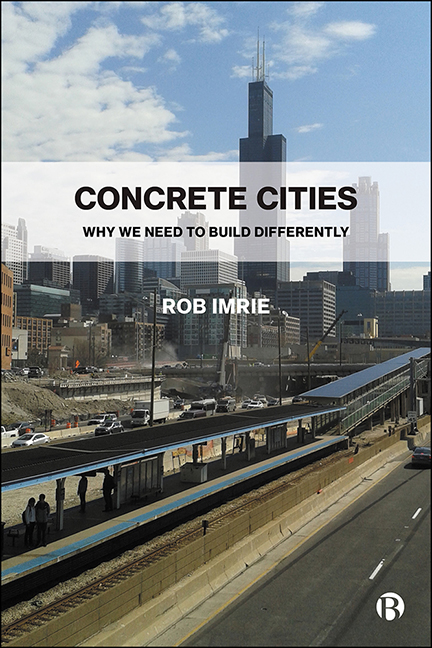Book contents
- Frontmatter
- Contents
- List of Figures
- About the Author
- Preface
- 1 Introduction: The Omnipresent Nature of Building
- 2 The Significance of Building and Construction
- 3 Building and the Construction State
- 4 Speculation and Building Booms
- 5 Disruption, Displacement and Dispossession
- 6 Demolition: Wasting the City and Teardown Building
- 7 Why Building More Housing Will Not Work
- 8 Building That Matters to People
- 9 Constructing for Species Survival
- 10 Building and Construction That Cares
- Notes
- References
- Index
2 - The Significance of Building and Construction
Published online by Cambridge University Press: 30 April 2022
- Frontmatter
- Contents
- List of Figures
- About the Author
- Preface
- 1 Introduction: The Omnipresent Nature of Building
- 2 The Significance of Building and Construction
- 3 Building and the Construction State
- 4 Speculation and Building Booms
- 5 Disruption, Displacement and Dispossession
- 6 Demolition: Wasting the City and Teardown Building
- 7 Why Building More Housing Will Not Work
- 8 Building That Matters to People
- 9 Constructing for Species Survival
- 10 Building and Construction That Cares
- Notes
- References
- Index
Summary
Introduction
Since the beginning of human occupation on the earth, roughly 200,000 years ago, building and construction have been part of people's activities to create habitable and liveable environments. Building is necessary in enabling human beings to function, ranging from the provision of shelter, or nurturing spaces that provide the means for people to reproduce themselves, to the construction of public buildings that support everyday life. Construction has gone well beyond the (re)production of the built environment purely as a means of subsistence, or to assure basic reproduction, to become the defining, ecological and environmental imprint of people upon the earth. In contrast to other species, which (re)produce constructed artefacts as a survival strategy, humans have evolved construction to create a culture and political economy of building, in which what is constructed far exceeds, and is often irrelevant for, subsistence and species survival.
The world we live in has changed from one where until the 18th century, building was relatively sparse, to one where it is now difficult to find a place that has not been built upon. Everywhere has the imprint of human intervention in nature and bears the marks of a world (re)made by people combining materials to create constructed artefacts. What many regard as wilderness areas, such as Amazonia and the polar regions, have long been places of industrial and infrastructural construction, and reflect what Fry (2009: 1) describes as ‘our anthropocentric mode of worldly habitation’. This habitation includes the construction of 100,000 km of roads in Amazonia, with a further 12,000 km planned, and the extensive building of research installations in Antarctica (see Butler, 2012; Brooks et al, 2019). Construction also extends beyond the earth, and the largest, and most expensive, project to date is the International Space Station, started in 1998 and likely to be an ongoing site of building work until the mid-2020s.
The space station is emblematic of a global culture in which building is integral to one of its key characteristics, that is, the expansion of people's territorial footprint. Urbanisation is the obvious manifestation. For example, as Vidal (2018: 1) describes, in the 1960s, the Nigerian capital of Lagos was a small city ‘surrounded by a few semi-rural African villages’.
- Type
- Chapter
- Information
- Concrete CitiesWhy We Need to Build Differently, pp. 12 - 35Publisher: Bristol University PressPrint publication year: 2021



